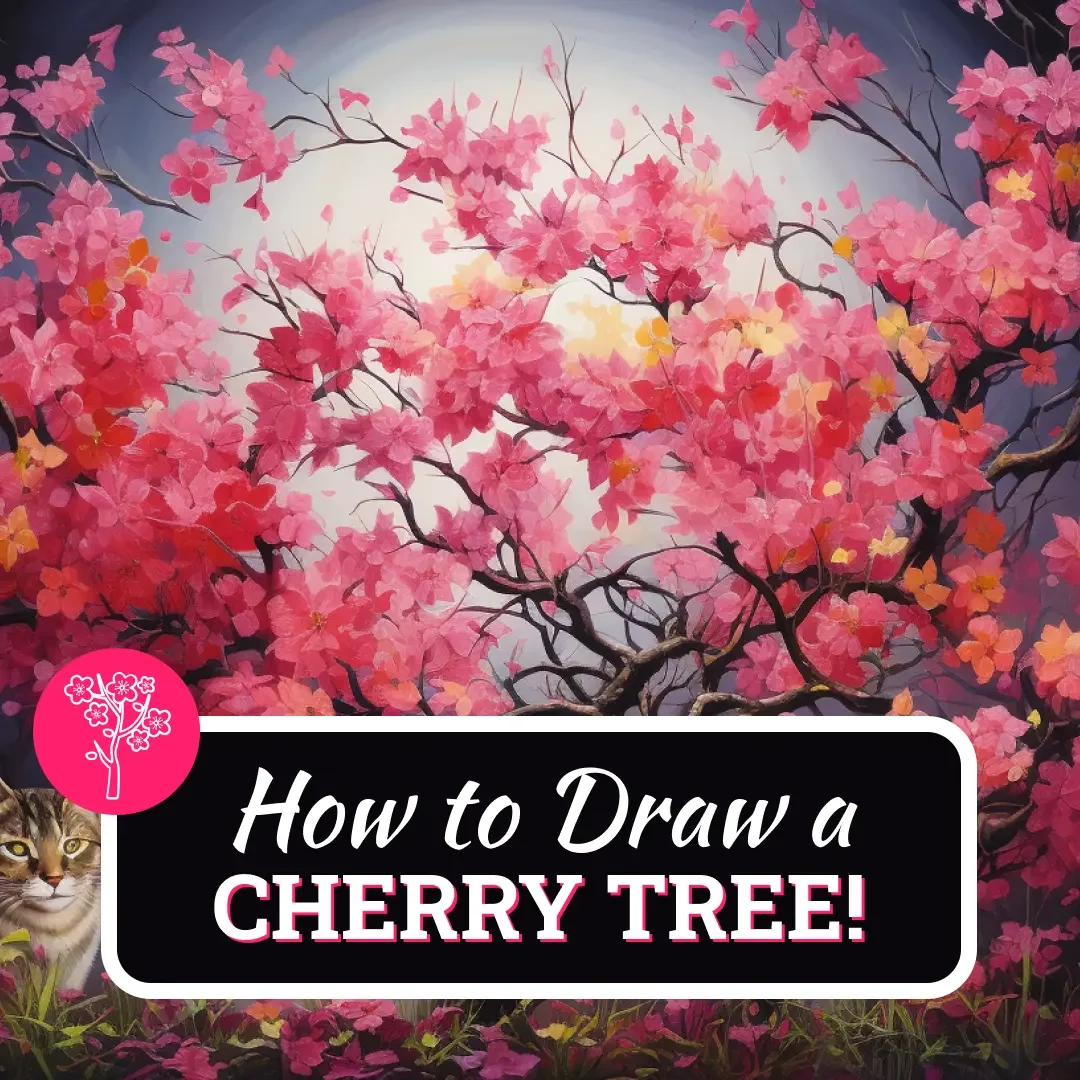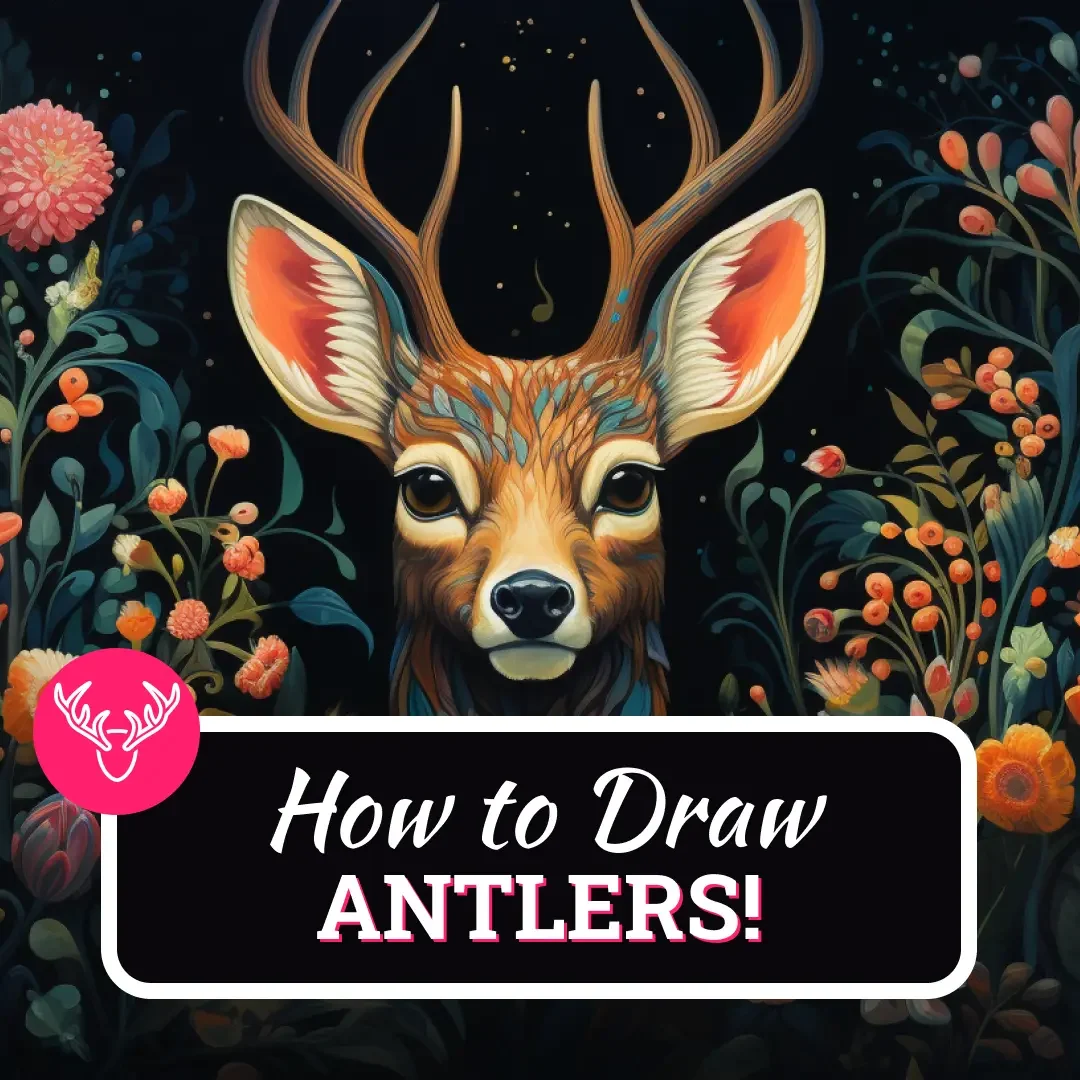There are no results matching your search
An Exciting Guide to the Different Types of Digital Art

- By Joanna | updated in February, 2024

Digital art is a popular form of art because it allows artists to be more creative and expressive. There are many different types of digital art, each with its own unique set of benefits.
Which type of digital art you choose to create will depend on your own creative needs and preferences. Whatever type of digital art you decide to create, remember to have fun and be creative!
Table of Contents
ToggleWhat is Digital Art?
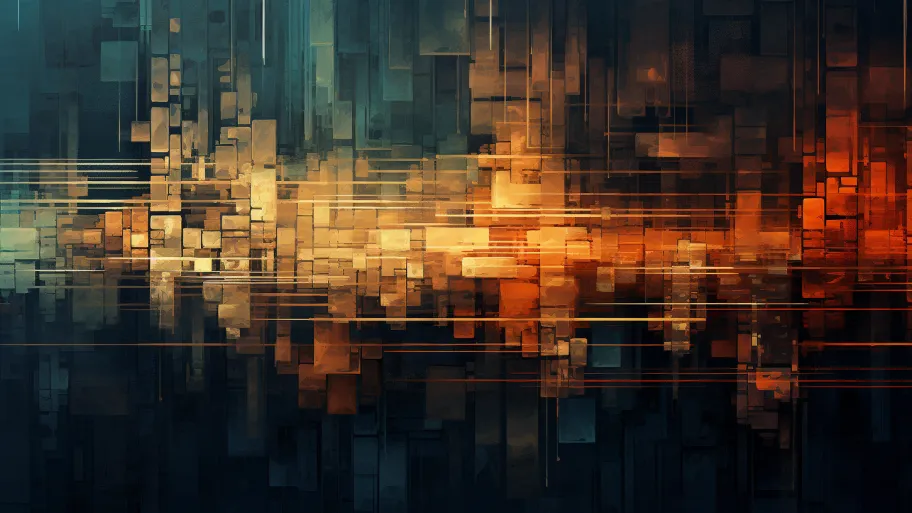
Digital art is a form of art that is created using digital technology such as computers, tablets, and cameras. Some of the most common types of digital art include digital painting, concept art, photography, and graphic design. Many artists use digital technology to create art because it allows them to be more creative and expressive.
Digital painting is a type of digital art that uses digital tools such as Adobe Photoshop to create still images.
Concept art is another type of digital art that is used to create ideas for visual arts, such as video games or movies.
Photography is a type of digital art that uses digital cameras to take pictures.
Graphic design is a type of digital art that combines images, typography, and layout to create visually appealing designs.
There are many types of digital art, and we’ll cover all of these in detail later. But first, let’s find out how digital art got started, and how it has become so popular.
The History of Digital Art
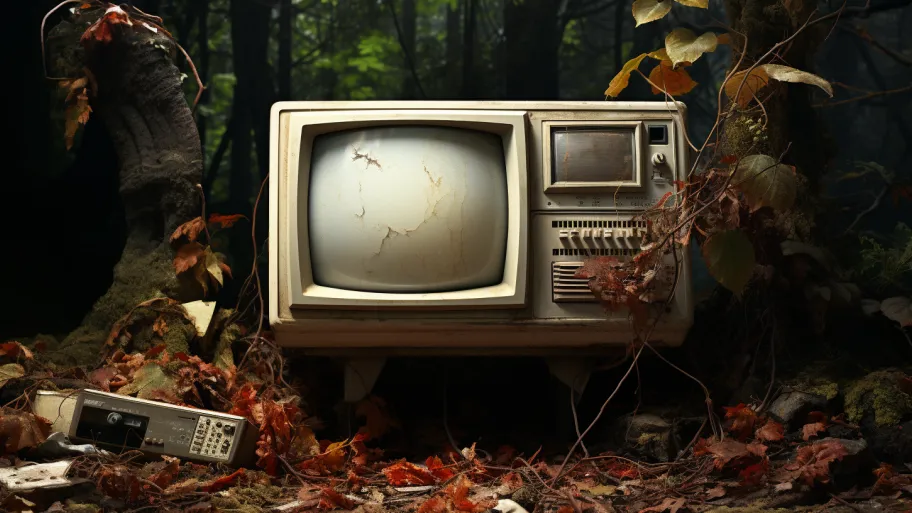
The history of digital art dates back to the early 1950s, when the first computers were used to create art. However, it was not until the late 1970s that digital art began to be taken seriously by the art world.
Digital art has come a long way since the early days of computer-generated art. In the early days, artists were limited by the technology available to them. The first computers were large and expensive, and they could only be used by trained professionals. This meant that only a small number of people had access to the technology needed to create digital art. Since then, technology has progressed, and so has the ability of artists to create more realistic and expressive digital art.
Over time, computers became smaller and more affordable. This allowed more people to have access to the technology needed to create digital art. The field is constantly evolving, and today, there is a wide range of different types of digital art available, each with its own unique set of benefits.
Is Digital Art Real Art?

Now that we’ve covered the basics of digital art, you might be wondering if it is “real” art.
The short answer is yes, digital art is real art!
However, there is still debate as to whether or not digital art can be considered “real” art. This is because digital art is created with the help of computers rather than people.
But, just because digital art is created with the help of computers, it does not mean that it is not real art. Computers are simply a tool that artists use to create their art. In the end, it is the artist’s creativity and skill that determines whether or not the art is “real.”
Digital art is a valid and popular form of art, and it is here to stay.
Digital Art VS Traditional Art
- Digital art is created using a computer and software programs, while traditional art is created using physical media, such as paints, pencils, and clay.
- Digital art offers a wide range of possibilities for creating art, including computer-generated graphics, mixed media, and even virtual illustrations. Traditional art is often considered to be more limited in its scope.
- Digital art is often seen as being more accessible than traditional art, as it does not require any special equipment or materials other than a computer. Whereas traditional art can be more expensive and time-consuming to create.
- Digital art is usually created for a specific purpose, such as to be used in a video game or as website graphics, logos, etc. Traditional art is often created for its own sake, without a specific purpose in mind.
- Digital art can be created by anyone with a computer and the right software, while traditional art often requires years of training and practice.
What is the Most Famous Digital Art Piece?
Beeple (Mike Winklemann) is a digital artist who is best known for his work “Everydays: The First 5,000 Days“. This piece of art is a collage of over 5,000 images that he created over a period of 5 years. The piece was sold as an NFT (non-fungible token) in March 2021 for $69 million, which made it the most expensive piece of digital art ever sold.
Beeple’s “Everydays: The First 5,000 Days” is a great example of what is possible with digital art. The fact that someone was willing to pay $69 million for this piece of art shows that digital art is taken seriously by the art world.
What are the benefits of digital art?
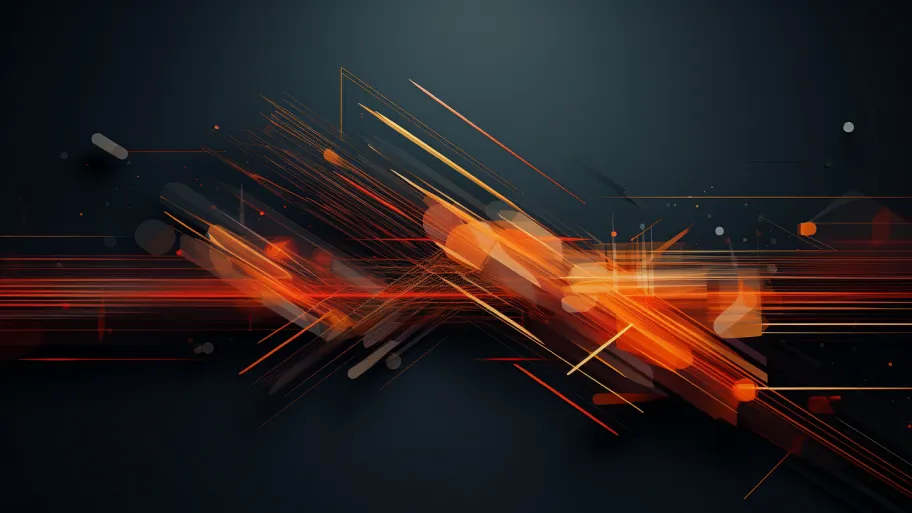
Digital art has many benefits, both for the artist and the viewer.
Benefits of digital art for artists
For artists, digital art provides a more creative and expressive way to create art.
- artists can experiment with different colors, textures, and effects to create unique and eye-catching art.
- allows artists to create art that would be impossible to create with traditional art media. For example, with digital painting, artists can create dynamic paintings that would be difficult or impossible to create with traditional painting techniques.
- digital art can be used to create a wide range of different types of art, from traditional paintings to more experimental pieces.
Benefits of digital art for viewers
For viewers, digital art provides a more immersive and engaging experience.
- Viewers can interact with the art, and explore it in ways that are not possible with traditional art forms e.g, zoom in on details, or view the art from different angles. This allows viewers to get a closer look at the art, and to appreciate the work that went into creating it.
- It allows viewers to share the art with others. With digital art, viewers can easily share the art they are viewing with friends and family. This means that more people can enjoy and appreciate the art.
Digital art is a popular and growing field, and with its many advantages, it is no wonder that digital art is becoming more and more popular.
The type of digital art you choose to create will depend on your own creative needs and preferences.
What are the Different Types of Digital Art?
There are several forms of digital art, each with its own set of characteristics.
Below are some of the main types of digital art with examples depicting how they can be used to create beautiful and expressive pieces of art.
1. Graphic Design
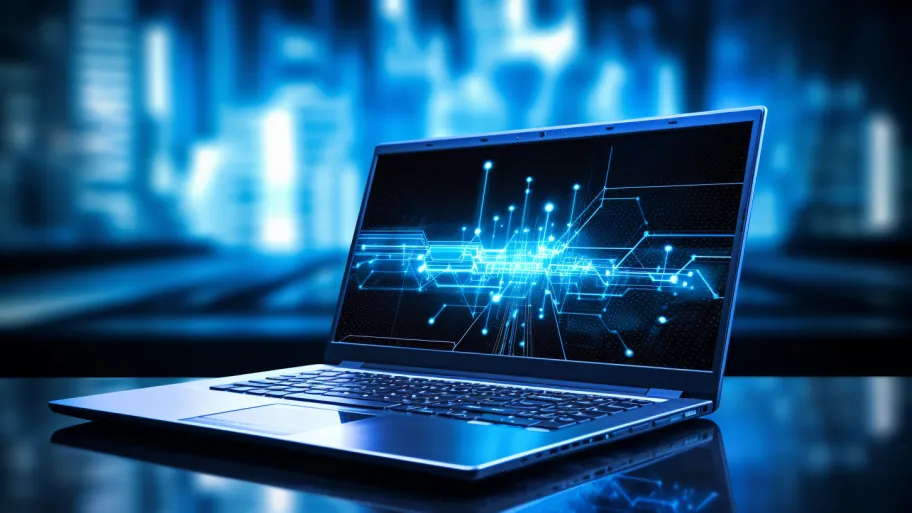
- Graphic design is a type of digital art that combines images, typography, and layout to create visually appealing designs.
- Graphic designers use a variety of different software programs to create their designs, and they often work with clients to create custom designs that meet their specific needs.
- Graphic designs can be created for various purposes, including advertising, branding, communications, and product packaging.
2. Concept Art
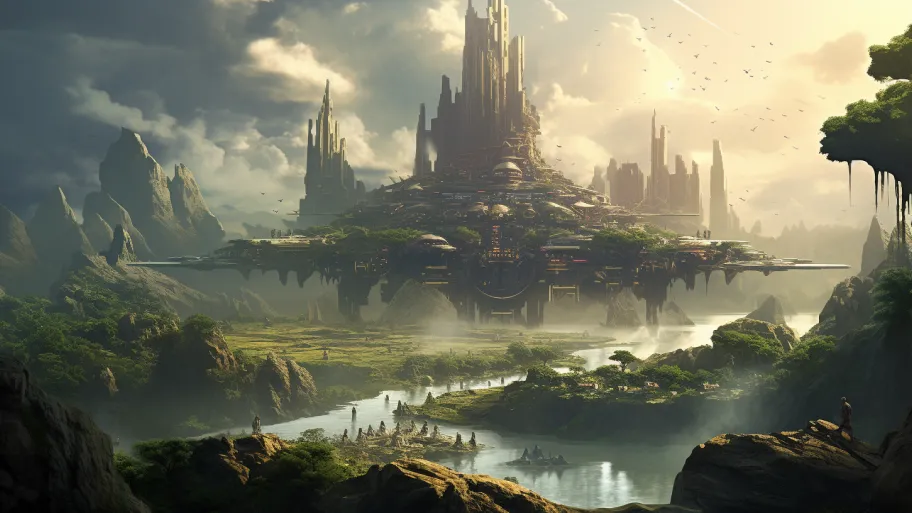
- Concept art is a type of digital art that is created to convey a specific idea or concept.
- Concept artists often work with clients to develop ideas for new products or services, or to create illustrations that communicate a specific message.
- Concept art can be created using a variety of different software programs, and it often incorporates elements of both vector and raster art.
3. Digital Painting
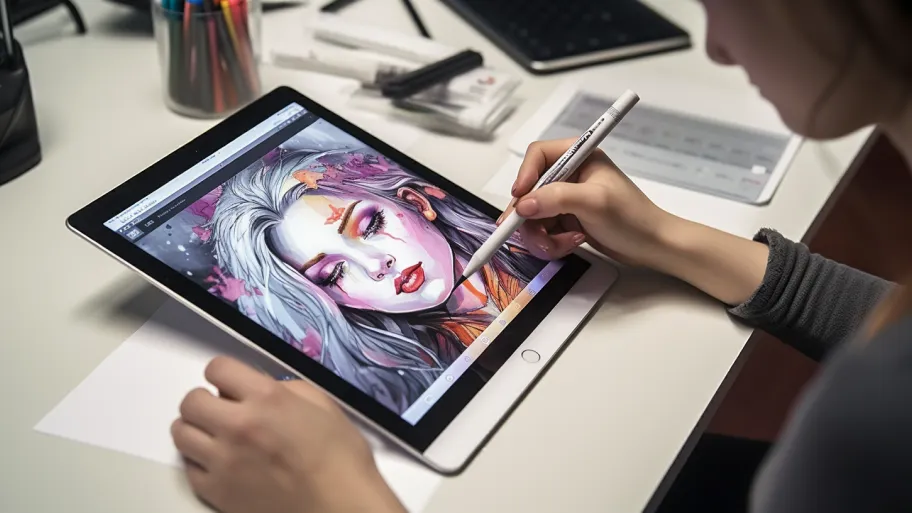
- Digital painting is a type of digital art that uses software to create still images or media files.
- Digital painters use a variety of different tools to create their paintings, such as Photoshop, Procreate, and Corel Painter.
- Digital painting is a popular choice for many artists, as it allows them to create realistic or expressive paintings.
- Digital painting is often used for creating portraits, landscapes, and other types of artwork.
4. Dynamic Painting
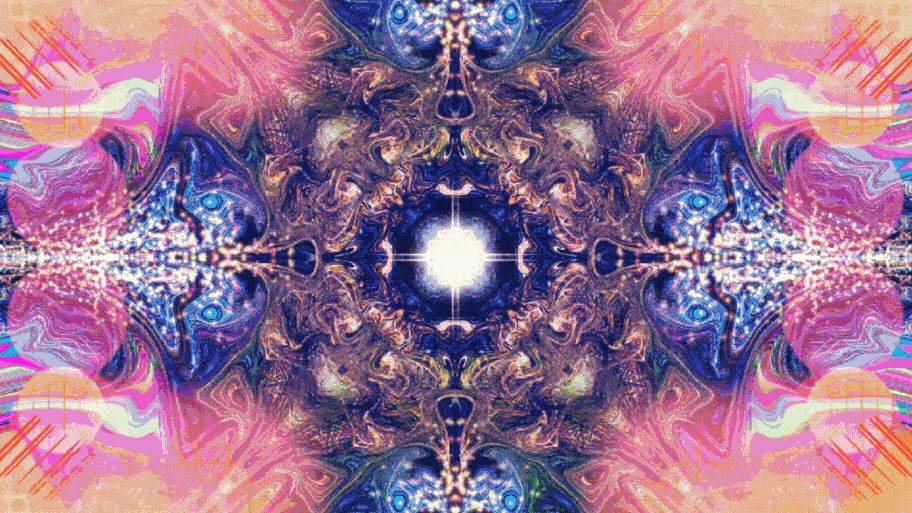
- Dynamic painting is a type of digital art that uses software to create moving images or media files.
- Dynamic painters use a variety of different tools to create their paintings, such as Adobe After Effects, Cinema 4D, and Maya.
- Dynamic painting allows artists to create animated or video paintings.
- Dynamic painting is often used for creating music videos, commercials, and other types of artwork.
5. Photo Painting
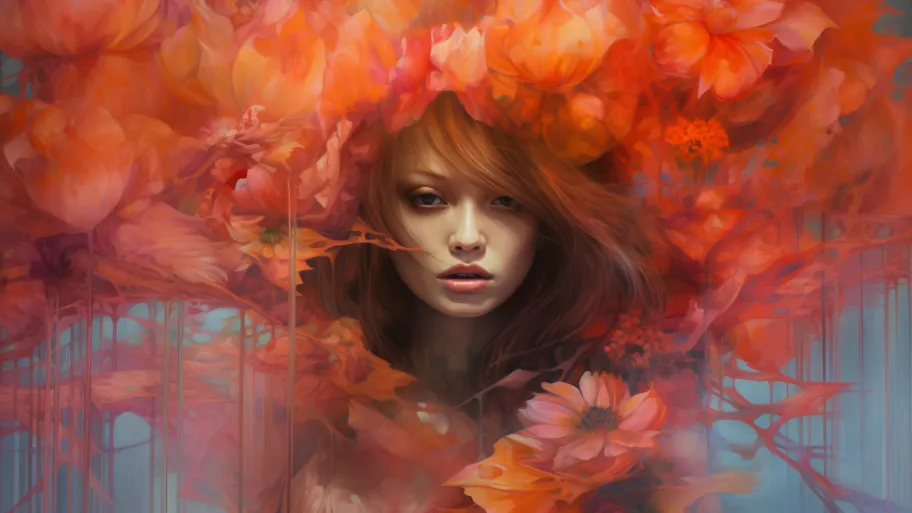
- Photo painting is a type of digital art that uses photographs as the basis for a painting.
- Photo painters use a variety of different software programs to create their paintings, such as Adobe Photoshop, Lightroom, and Corel Painter.
- Photo painting allows artists to create realistic or expressive paintings.
- Photo painting is often used for creating portraits, landscapes, and other types of artwork.
6. Digital Collages
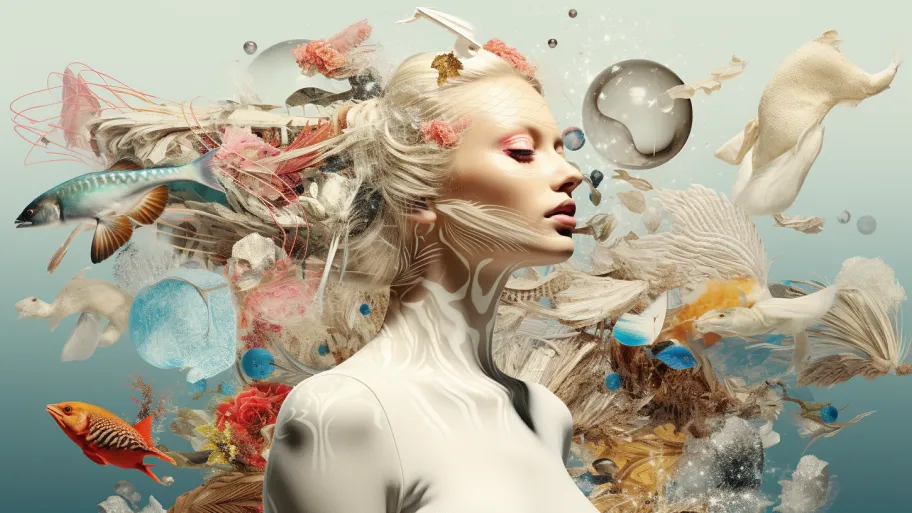
- Digital collages are a type of digital art that combines multiple images into one composition.
- Digital collages can be created using a variety of different software programs, such as Photoshop, Lightroom, and Adobe Illustrator.
- Digital collages are often used for creating wallpapers, website headers, and other types of artwork.
7. Vector art
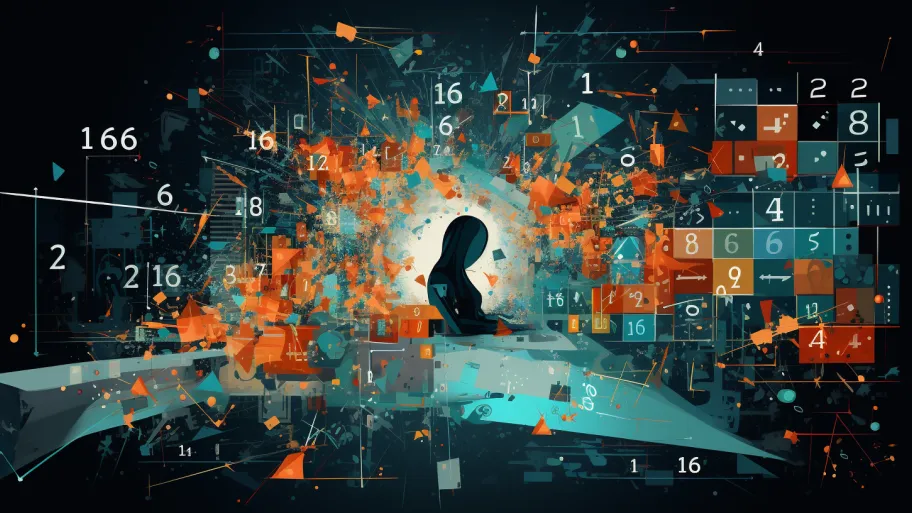
- Vector art is a type of digital art that uses mathematical equations to create images.
- Vector art is often used for creating logos, illustrations, and icons.
- Vector art can be created using a variety of different software programs, such as Adobe Illustrator, Inkscape, and CorelDRAW.
- One of the main benefits of vector art is that, unlike JPG or PNG files, it can be scaled and printed at any size without losing quality.
8. 3D Art
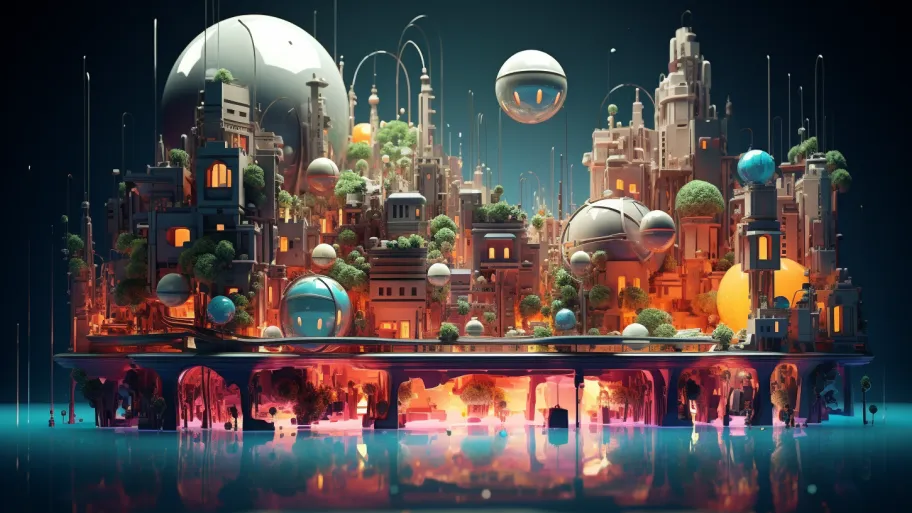
- 3D art is a type of digital art that uses computer-generated graphics to create three-dimensional images or media files.
- 3D artists use a variety of different software programs to create their art, such as Maya, 3ds Max, and Cinema 4D.
- 3D art is often used for creating illustrations, logos, and icons.
- 3D art can also be used for creating three-dimensional models of products, buildings, and other objects.
10. Raster art
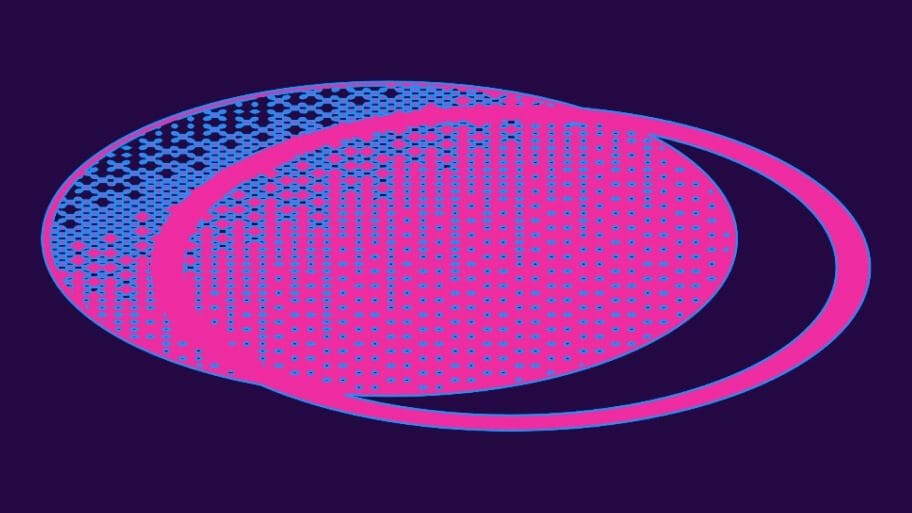
- Raster art is very similar to pixel art, but it is more often used for creating photos, illustrations, and logos.
- Raster art can be created using a variety of different software programs, such as Photoshop, Illustrator, and Inkscape.
- One of the main benefits of raster art is that it can be edited more easily than vector art, without losing the ability to scale to any size, and without losing quality.
10. Digital Clay
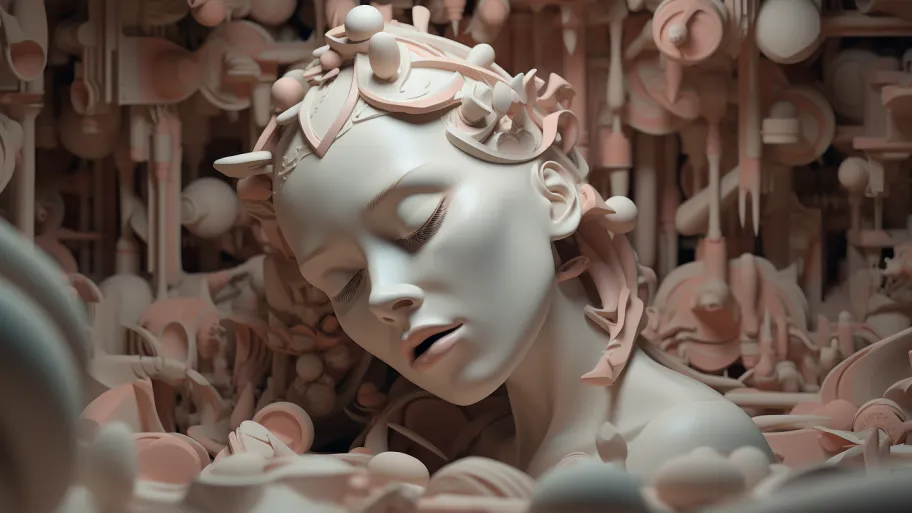
- Digital clay is a type of digital art that uses computer-generated graphics to create three-dimensional images or media files.
- Digital clay is often used for creating illustrations, logos, and icons.
- Digital clay can be created using a variety of different software programs, such as Maya, 3ds Max, and Cinema 4D.
- Digital clay can be used to create three-dimensional models of products, buildings, and other objects. It can also be used for creating animations and video games.
11. Pixel Art

- Pixel art is a type of digital art that uses pixels to create images.
- Pixel art is very similar to raster art, but it is more often used for creating retro 8-bit style graphics, sprites, and icons and is a popular method of creating NFT art.
- Pixel art can be created using a variety of different software programs, such as Photoshop, Illustrator, and Inkscape.
- Pixel art is also relatively easy to edit, making it a popular choice for video game developers and graphic designers.
12. Fractal / Algorithmic Art
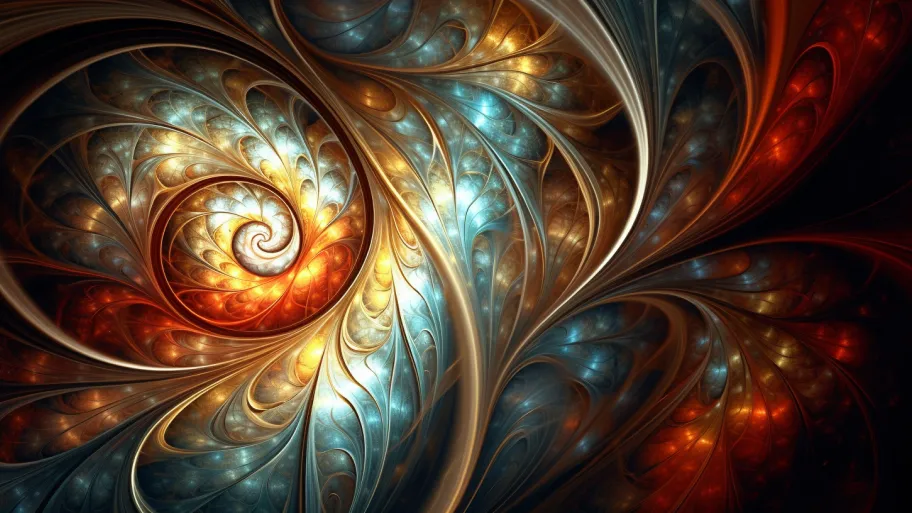
- Fractal art is a type of digital art that uses mathematical algorithms to create images.
- Fractal art can be created using a variety of different software programs, such as Apophysis, Chaoscope, and Sterling.
- Fractal art is often used for creating illustrations and patterns.
13. Datamoshing
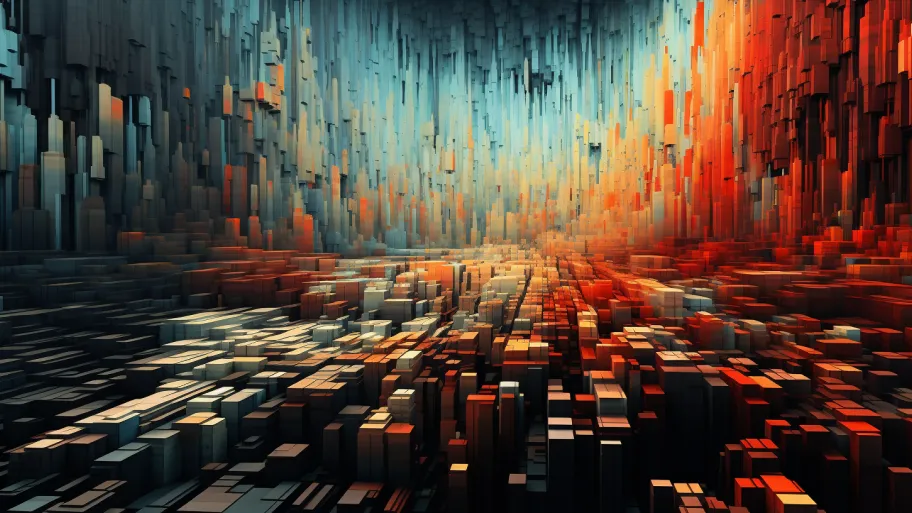
- Datamoshing is a type of digital art that uses distorted or glitchy images to create art.
- It can be created using a variety of different software programs, such as Photoshop, After Effects, and Premiere Pro.
- Datamoshing can be used for creating a wide range of images, from abstract patterns to realistic landscapes.
14. Digital Photography
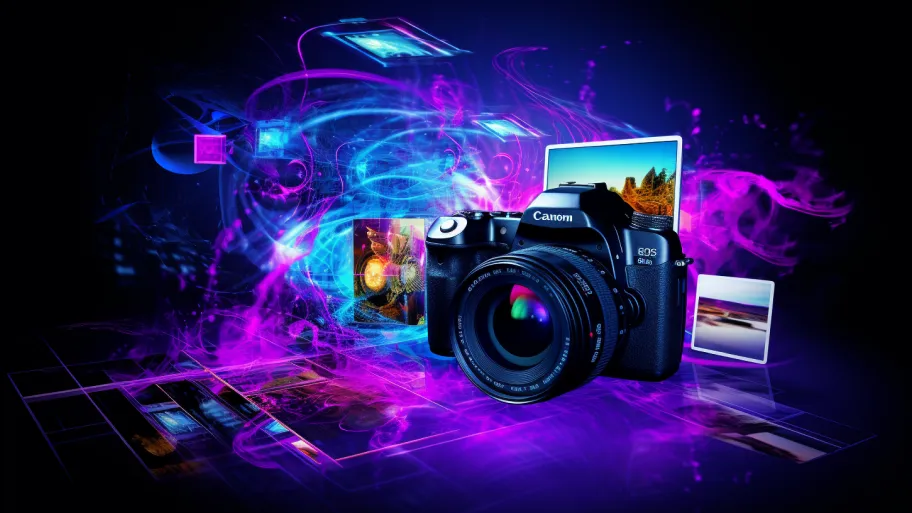
- Digital photography is a type of digital art that uses digital cameras to take pictures.
- Digital photographers use a variety of different software programs to edit their photos, such as Photoshop, Lightroom, and Aperture.
- Digital photography is often used for creating portraits, landscapes, and still-life images.
15. NFT Art

- NFT art is a type of digital art that uses blockchain technology to create unique, tamper-proof digital artworks that can be listed for purchase on websites like OpenSea.
- NFT art can be created using a variety of different software programs, such as Photoshop, Illustrator, and Inkscape.
- NFT art is often used for creating digital sculptures, paintings, and illustrations.
- NFT art can also be used for creating three-dimensional models of products, buildings, and other objects.
16. Metaverse Art
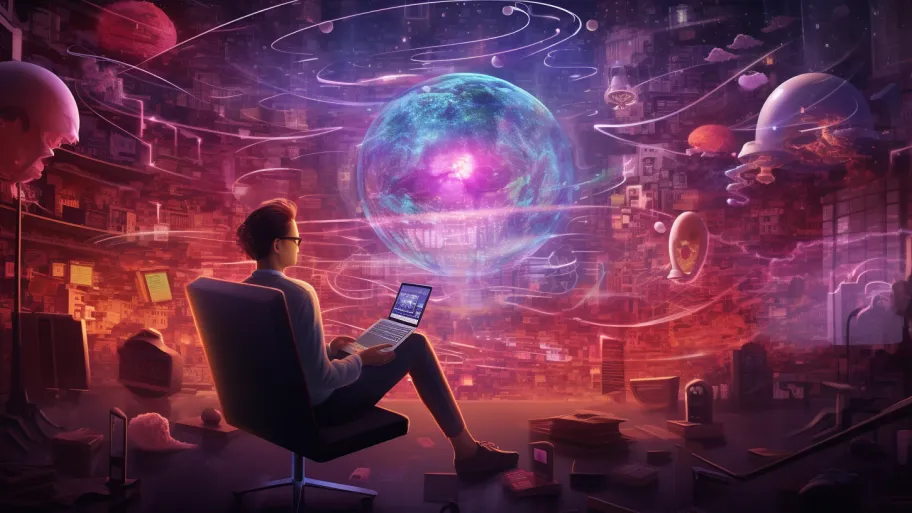
- Metaverse art is a type of digital art that exists in a virtual world, such as Second Life or Minecraft.
- Metaverse artists use a variety of different software programs to create their artworks, such as 3D Studio Max, Maya, and Blender.
- Metaverse art can be used for creating a wide range of artworks, from sculptures and paintings to entire virtual worlds.
What Tools Do I Need to Get Started With Digital Art?
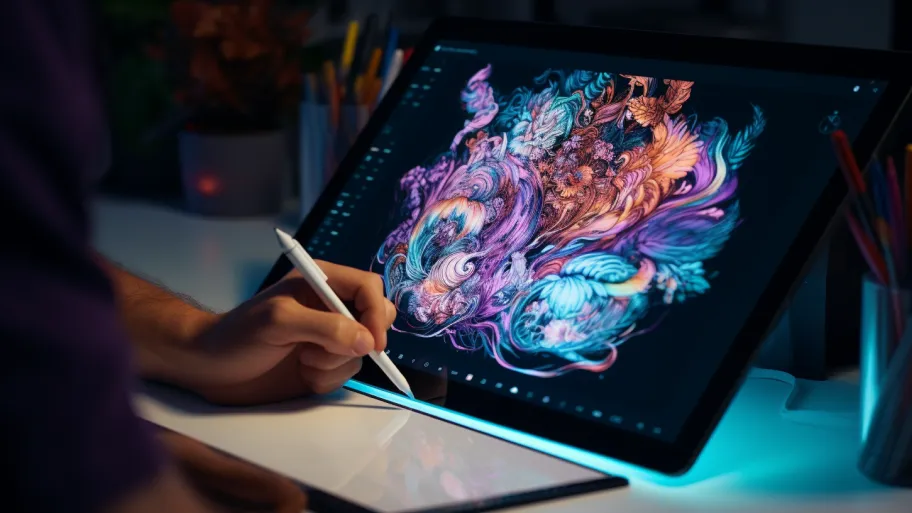
The great thing about digital art is that you can get started with very little equipment.
All you really need is a computer and a software program that you can use to create your art.
What kind of hardware do you need?
You’ll need a computer such as a Mac or Windows PC, or a laptop such as a Macbook or Windows Laptop, or an iPad or Android Tablet.
Tablets have the additional benefit of a touch screen, so you can use a tablet pen to draw on the screen, giving you more control over your designs.
If you want to get started with digital photography, you will also need a digital camera.
What kind of software do you need?
There are a variety of different software programs that you can use to create digital art. Some of the most popular software programs include Photoshop, Illustrator, Inkscape, and Procreate.
If you want to get started with digital photography, you will need a software program that can be used to edit photos, such as Photoshop, Lightroom, or Aperture.
For other types of digital art, such as pixel art or fractal art, you may not need any special software. You can often create these types of art using basic image editing software, such as Microsoft Paint.
Once you have a computer and a software program, you are ready to start creating digital art!
Can I Sell My Digital Art?

Yes! You can sell your digital art in a variety of ways.
One popular way to sell digital art is to create prints of your artwork and sell them online or in galleries. You can also create digital products, such as ebooks, courses, or templates, and sell them online.
Another popular way to sell digital art is to create NFTs (non-fungible tokens). These are unique, tamper-proof digital artworks that can be sold online.
Finally, you can also sell your digital art directly to clients who are interested in commissioning art from you.
Embracing the Multifaceted World of Digital Art
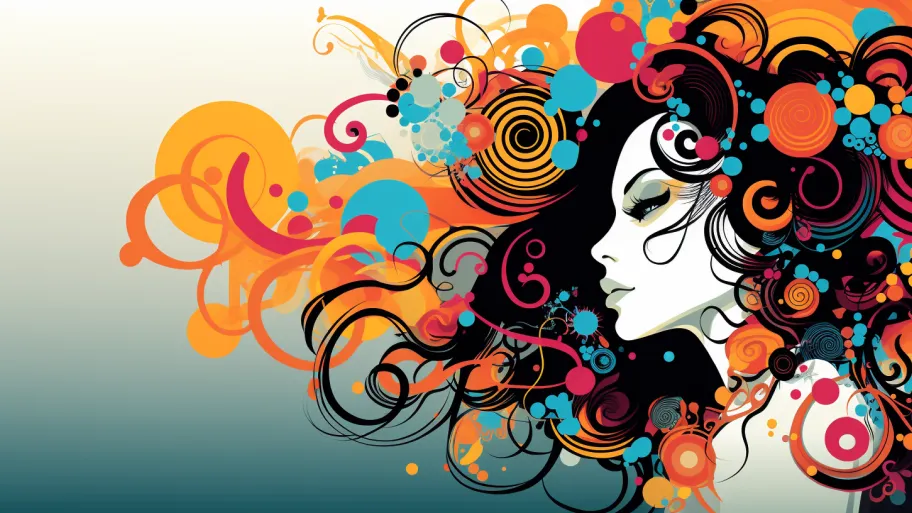
In conclusion, the digital art landscape is a rich tapestry of styles and mediums, encompassing a wide range of digital drawing types and digital painting approaches. From the precision of vector art to the organic feel of digital clay, artists leverage technology to push the boundaries of creativity. The different kinds of digital art available are as varied as the artists themselves, each type offering a unique way to express one’s vision, be it through 2D or types of 3D art.
It’s important to recognize the different types of digital artists who specialize in these mediums, from graphic designers to dynamic painters, each contributing to the expansive digital art genres. Digital art styles are continually evolving, influenced by the various types of technology art, such as algorithmic or metaverse art. These creations not only challenge the traditional understanding of art but also the way we engage with it.
Despite the skepticism some may have, arguing that ‘digital art is not real art,’ it is undeniable that the skill and creativity involved in producing digital arts types are as authentic as those in traditional mediums. Understanding how to draw digital art involves more than just technical knowledge; it requires an artist’s touch and vision, proving that the main types of art are not limited to the physical but are ever-expanding in the digital realm.
Whether we consider the nuanced textures in different types of digital painting or the graphic types of digital art that blend design with fine art, it’s clear that digital mediums offer an endless spectrum of possibilities. By exploring different types of digital painting or experimenting with various digital art styles, artists contribute to a continuously evolving art form that transcends traditional limitations.
The Future of Digital Art
Digital art is an ever-evolving field that has seen a lot of growth in recent years. With the rise of new technologies, such as blockchain and virtual reality, the possibilities for digital art are endless.
As digital art becomes more mainstream, it is likely that we will see more artworks being created by different types of digital artists using computer-generated graphics, mixed media, and even virtual illustrations. Additionally, the use of NFTs is likely to increase, as they provide a way to create unique, tamper-proof digital artworks.
The future of digital art is exciting and full of possibilities. As the field continues to grow and evolve, we can only imagine what new and innovative artworks will be created in the years to come!
If you want to take your art to the next level, check out our selection of art guides below!
- 101+ Cool Easy Drawing Ideas to Explore Your Creativity and Improve Your Skills
- What are NFTs?
- 26 Types of Paint Brushes: Artists Guide
- 100+ Acrylic Painting Ideas: Plus Acrylic Painting Tools, Tips, and Techniques
- How to Sell Your Art Online
- How to Draw Mandala Art
- Basic Patterns to Draw: A How-To Guide


